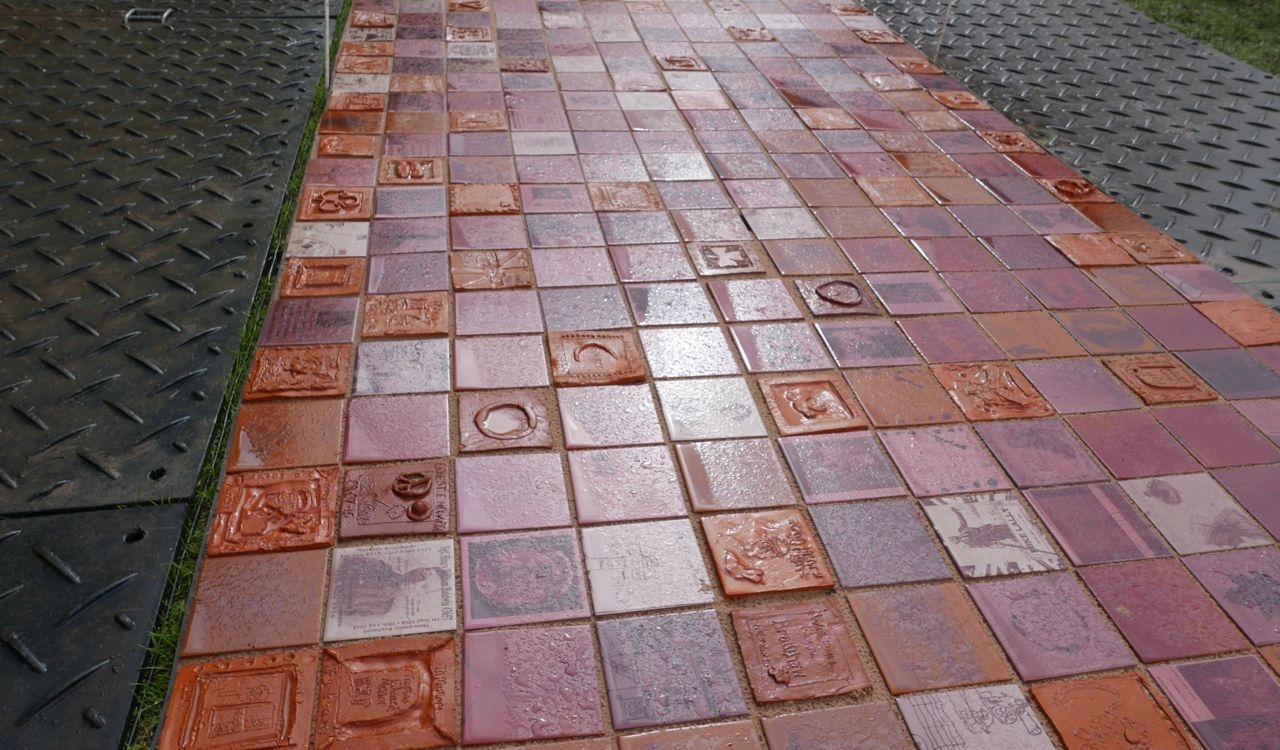Centenary News reports from Manchester on the day the city hosted Britain’s national remembrance ceremonies for the Centenary of the Battle of the Somme.
Numerous moving tributes were paid to those who fell on the battlefields of Northern France a century ago. But as the international commemorations drew to a close at Thiepval on July 1st 2016, it was Manchester’s turn to take centre stage in the UK.
Wreath layings at the cenotaph in the shadow of the city’s Victorian town hall were followed by a march past, a remembrance service at Manchester Cathedral and an evening concert in the rolling grounds of Heaton Hall.
Gun salutes echoed across the city to mark the start and conclusion of a two-minute silence.
Heaton Park was used as a training ground for many of the recruits who enlisted together in the British Army’s Pals’ battalions, and saw their first major action on the Somme in 1916.
The town of Accrington, whose ‘Pals’ were almost wiped out on the first day of the Somme, lies less than 20 miles (32 kilometres) from the parkland on the northern outskirts of Manchester.

WW1-era bell tents on the ‘Experience Field’ at Heaton Park, Manchester (Photo: Centenary News)
100 years on, some of the original bell tents again dotted the landscape of an ‘Experience Field’ hosting talks, displays and film shows designed to give visitors a taste of the First World War battlefields and life on the home front.
Even the weather conspired to add a touch of realism, with prolonged heavy downpours churning the ground into the kind of mud so often associated with the Great War.
Centenary projects have developed a knack for harnessing 21st century technology, as well as traditional skills, to commemorate the people and events of 1914-18.
Here in Heaton Park, the final pieces were laid in The Path of the Remembered, a project that invited the public to leave their own mark on the Somme Centenary.
 The Path of the Remembered (Photo: Centenary News)
The Path of the Remembered (Photo: Centenary News)
From an online gallery, 5,000 memorial designs were chosen for printing onto ceramic tiles for a pathway honouring the sacrifices of 1914-18.
Each of the ‘memory squares’ reflects an individual view of the First World War, from intense personal tributes to a fallen relative and dedications inspired by the stories of entire communities of men and women who were involved in the war effort.
All images: Centenary News
Posted by CN Editor Peter Alhadeff, reporting from Manchester
